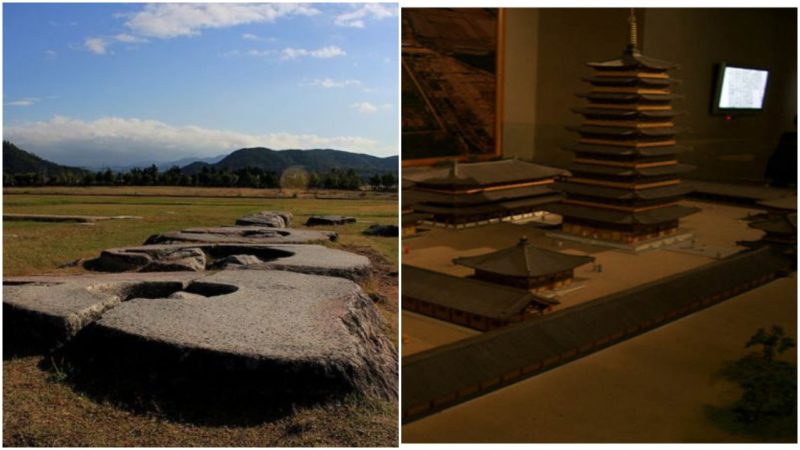Gyeongju, or Seorabeol as it was once known, is a coastal city tucked away in South Korea’s southeast corner. It is a prosperous and rich area with a population of more than 260,000 people, spread across 511 square miles of land.
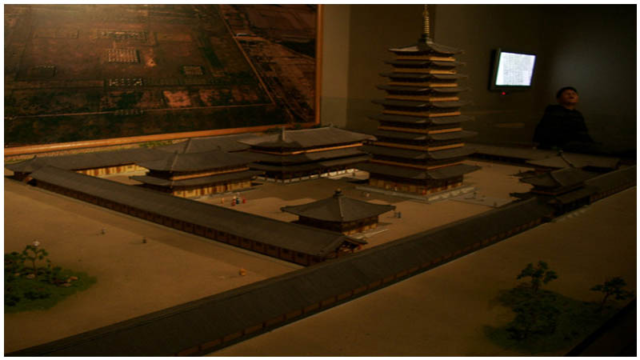
From 57 BC – 935 AD, the city was the capital of the mighty kingdom of Silla. It was decided that a Buddhist temple would be erected within the borders of the city, and Hwangnyong Temple was built: the wooden structure that towered nine stories into the air and was built without the use of iron nails.
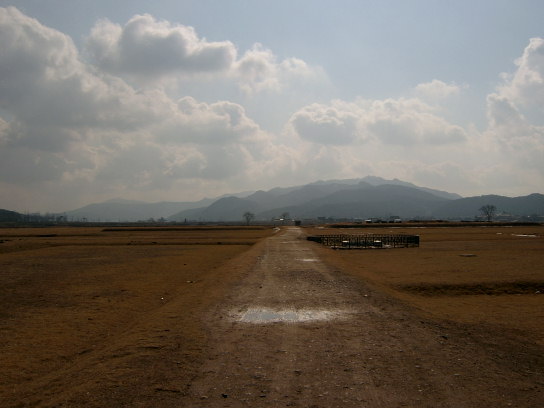
The kingdom of Silla was founded by Hyeokgeose of Silla. Hwangnyong Temple was built in 553, during the reign of Jinheung of Silla, Silla’s 24th monarch, on land that was embraced by mountains on all four sides.
Although construction began in 553, the temple wasn’t completed until 644. The location was nearby to Half-Moon Palace, also known as Wolseong Palace. The palace got its name as a result of the boundary walls, which were shaped like a crescent moon. Today, the palace is gone and only ruins remain: a faint vestige of a daring kingdom.
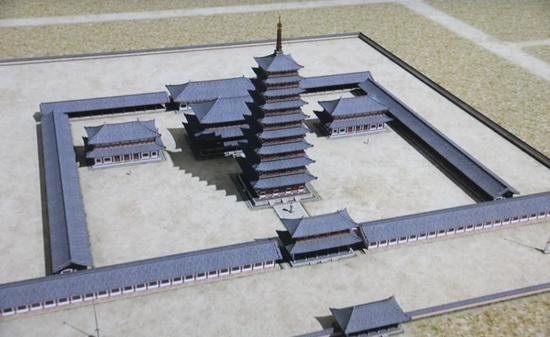
King Jinheung initially planned to build an elaborate additional palace on the location of the temple. However, according to legend, a dragon was witnessed on the site and at that moment it became clear that a temple must instead be erected in honor of the creature.
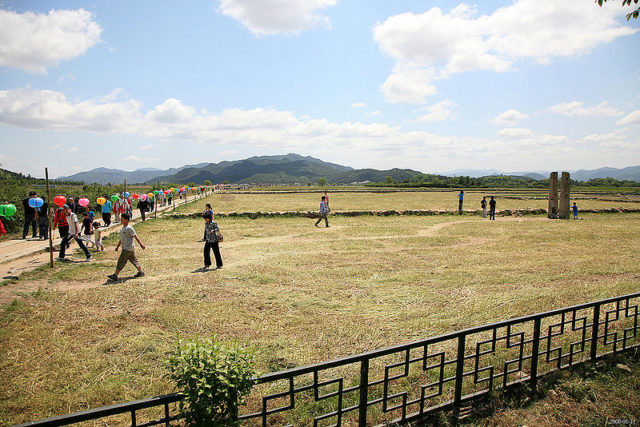
And so, the staggering Hwangnyong Temple was built. It was home to a number of monks, whose mission it was to pray for the divine protection of Buddha for the nation’s welfare. Amazingly, the temple was constructed entirely of wood, using specially crafted wooden joints that, once connected, totally eliminated the need for iron nails.
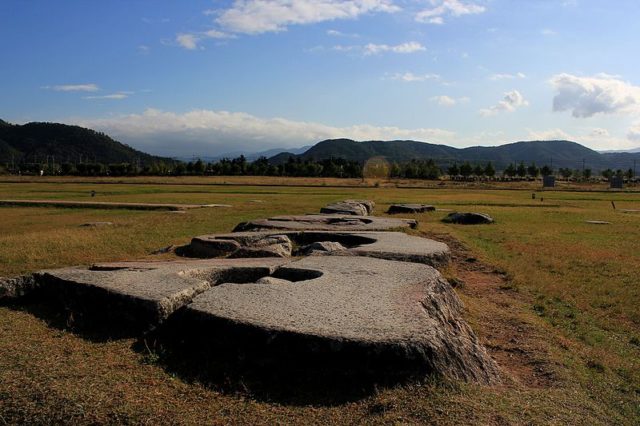
The temple was 262 feet high and was, at the time of construction, the world’s tallest structure. According to researchers, its nine stories were a symbolic representation of East Asia’s nine nations and the burning desire of Silla to conquer them all.
The main hall of the temple was 155 feet long and around 55 feet wide. A massive wall almost 950 feet in length encircled the 20 acre complex.
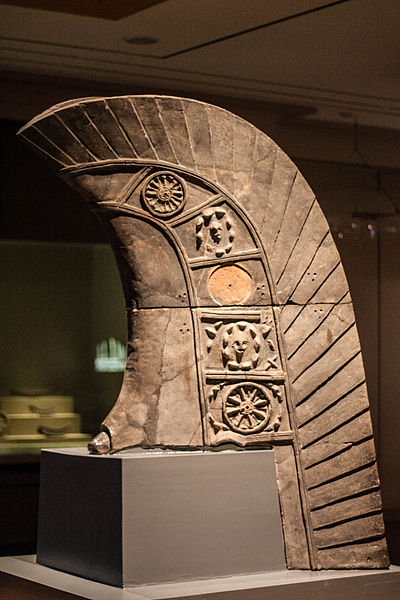
There are many legends surrounding the ancient temple. One such legend tells the story of the colossal golden statue of Buddha that was placed at the center of the temple: a statue made during the time of King Jinheung. The legend describes how the gold for the statue came all the way from India, from Ashoka the Great, the powerful Indian Emperor.
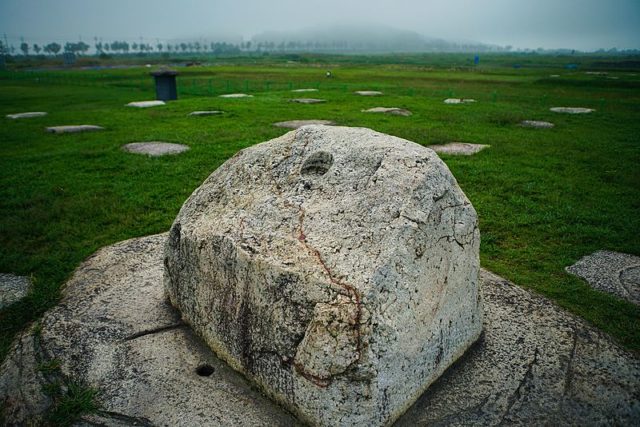
Ashoka had made his own attempt at erecting a golden statue but was unsuccessful. He then gave the order for the gold to be loaded onto a boat with models of Bodhisattvas, which then traveled from country to country, with multiple attempts being made to erect the golden Buddha. When the boat finally reached Silla, the gold was unloaded and the statue was made successfully, becoming the centerpiece of the temple.
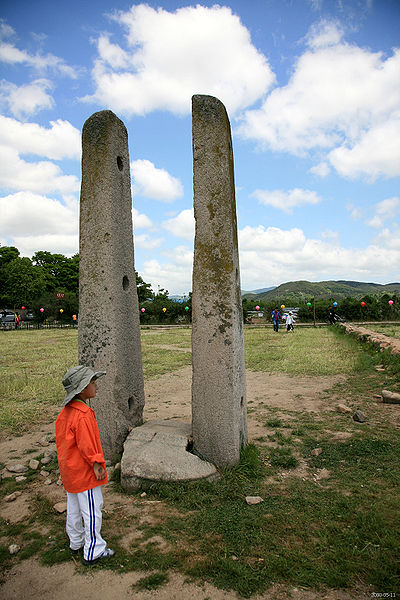
The temple stood for hundreds of years until 1238: the year of the Mongolian invasions and the rise of the Mongolian Empire. The temple was burned to the ground by the invading Mongolian forces — they destroyed every wooden structure that the Silla Kingdom had constructed.
All that remains today are the gigantic foundation stones, ruins of pedestal stones, and stone supports for an old flag pole. The site attracts great numbers of tourists, drawn by the legends and stories of old.
